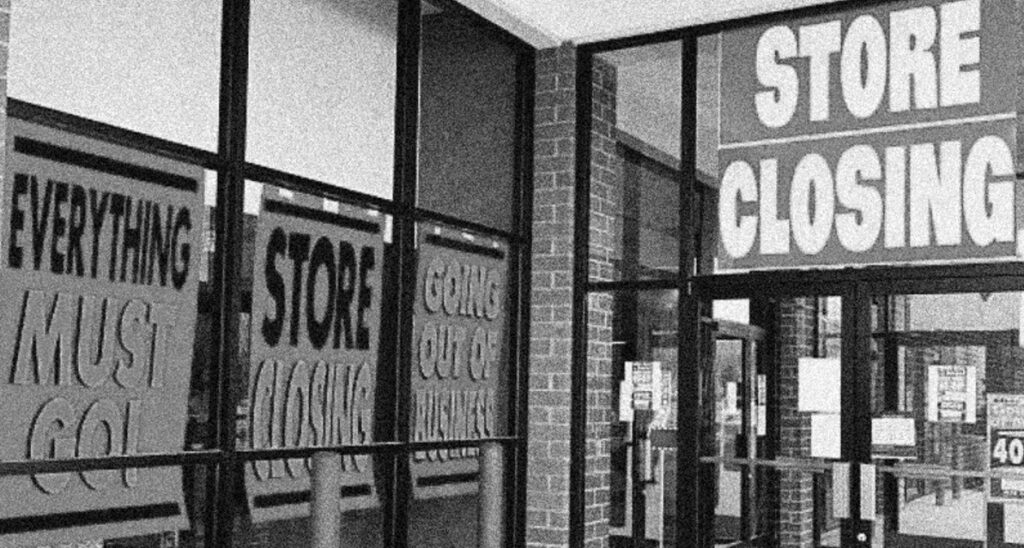Fixing the Climate by Banning Things
by RANGE contributor
I’ve been waiting since May for the media feeding frenzy I assumed would develop, when the Administration announced new rules to further restrict home dishwashers. There has been a deafening silence about it, though, maybe because such overreach no longer astonishes anyone. Or as Senator Bill Armstrong often said, “The only thing shocking about this is that no one is shocked.”
Instead, the feeding frenzy has been directed at New York City officials for their plan that would put hundreds of pizza restaurants out of business. The new ordinance will require pizzerias with wood and coal burning ovens built before 2016 to install equipment to capture 75 percent of their carbon emissions. The cost of doing so is prohibitive for most small businesses, so most say they will simply close. They could convert to electricity, but that would defeat the purpose, since New York’s electricity comes from burning gas and coal.
There is evidence that variations of pizza were prepared in Italy as early as ancient Pompeii before the eruption of Mt. Vesuvius in AD 79. But the American version we recognize was created by Italian immigrants in New York. It is so iconic that it is commonly known as “New York-style” pizza, as opposed to the deep dish “Chicago-style.” New York pizza is said to have originated in 1905 at Lombardi’s on Spring Street in New York’s “Little Italy.” It’s still there, and enormously popular, though unlike dozens of others, its old coal oven is already gone. Many more are in danger of being shuttered because of their historic coal-burning pizza ovens.

You can well imagine how upset many New Yorkers are, along with myriad tourists who make such places so popular it’s hard to get a table. Lots of writers have piled on, one describing the “climate pizza rebellion,” in which an “artist” was filmed throwing slices of pizza over the fence at City Hall while shouting, “Give me pizza or give me death!” Other articles have been filled with groan-worthy puns about “doughy gestures,” “cheesy comments,” and “another one bites the crust.” A New York Post op-ed called attention to the irrationality of connecting pizza to climate change, by pointing out, “you’d have to burn a pizza stove 849 years to equal one year of John Kerry’s private jet.”
It is estimated that his jet emits about 116 tons of carbon in a year, compared to wood-burning stoves, estimated by “The 8 Billion Trees Project” to emit 13.2 ounces a day (one-tenth of a ton per pear). Still, the comparison seems a little out of place, since New York City politicians have nothing to say about how former Senator and Secretary of State Kerry travels. They would doubtless respond by saying they can only regulate what’s within their jurisdiction. But the absurdity of that comparison actually helps illustrate the obvious fact that banning old pizza ovens will have no more impact on the global climate than grounding one private jet would have.
That is the heart of this endless and tiresome trend toward banning things we use in our daily lives, under the false illusion that it will mitigate climate change. My friend Craig Rucker of the Committee for a Constructive Tomorrow, put it this way, “Anyone who thinks they can change the temperature of the Earth by regulating pizzerias has no clue. Have they even heard of China?”
China is building 100 new coal-fired power plants every year – two a week. American and European politicians continue to adopt policies to encourage a lower standard of living, wanting people to live in less comfortable homes, give up their cars, and use mass transit and bicycles. Meanwhile on the other side of the globe, several billion people are abandoning their bikes, and air conditioning their homes, excited to be living a more prosperous life than they have ever known.
Despite the climate-change futility of banning things that make Americans’ lives easier, the Administration persists. The May announcement requires dishwashers (beginning in 2027) that have 27 percent less power and use 34 percent less water. The Energy Department claims the new “efficiency” standards (judged by energy use, not by whether dishes come clean) will save Americans money. But isn’t that our choice, deciding how much we spend dishwashing? As Steve Moore put it, perhaps they really want to return to “the ultimate zero carbon emission dishwasher: mom with a dish rag and towel.”
I never experienced Lombardi’s coal oven pizza, but we often make our own, using a gas oven. It’s a little messy but that’s OK – we still have a dishwasher.


